Morbid Monday: Triumph of Life - Plague Columns
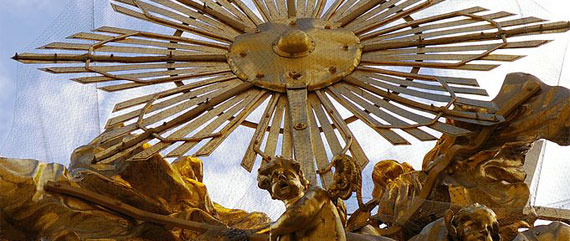
After the second wave of the Black Death swept through Europe in the 17th century, the survivors burned the bodies, thanked god, and built monumental tributes to their deliverance.
On a grand scale, plague memorial churches, like Santa Maria della Salute in Venice, were built to celebrate the end of epidemics.
On a smaller scale other cities erected “plague columns”, public statues that served as calls to faith, indirect memorials the thousands lost, and a symbol of hope for the future sprang up across Europe.
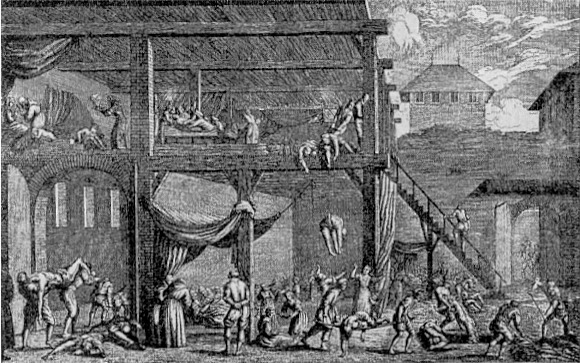
Although there is some amount of debate, it is generally thought that the plagues that struck throughout the 1600s were the result of the same bubonic plague (Yersinia pestis) that first attacked in 1347. At the time, the disease was generally thought to be caused by a combination of sin and “bad air”, and was tackled with a vigorous program of religious superstition, blame casting and bleeding, while a few forward thinking doctors began to focus their attention on sanitation and isolation of the diseased or the potentially diseased.
In Venice they dedicated whole islands to vetting and then quarantining those suspected of being infected. These Lazarettos served as a model that other cities would follow in succeeding outbreaks.
Vienna in 1679 was the perfect place for an epidemic outbreak. The combination of a densely packed population, poor sanitary conditions, and travelers arriving regularly in the city from parts unknown makes the arrival of the plague somewhat unsurprising, but the toll was tremendous. As many as 75,000 people perished and were burned in plague pits in the outskirts of the city, while the imperial family skipped town.
When it was all over, Emperor Leopold I rolled back into town, took some money from the royal coffers and had this monumental celebration of life over death erected - including a not terribly subtle effigy of His Imperial Highness praying for the deliverance of the city.
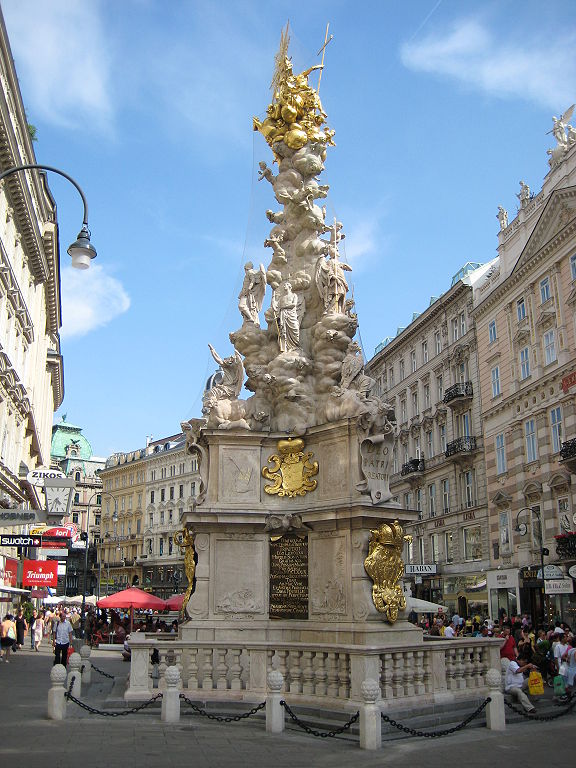
The Vienna Pestsaule (Plague Column) influenced the style and structure of plague columns to follow - one part religious supplication to the heavens for deliverance from the plague of 1679, one part Hapsburg Imperial propaganda piece. It served as a model that inspired similar sculptures across Europe.
Several plague columns survive to this day, particularly across the former Hapsburg Empire.
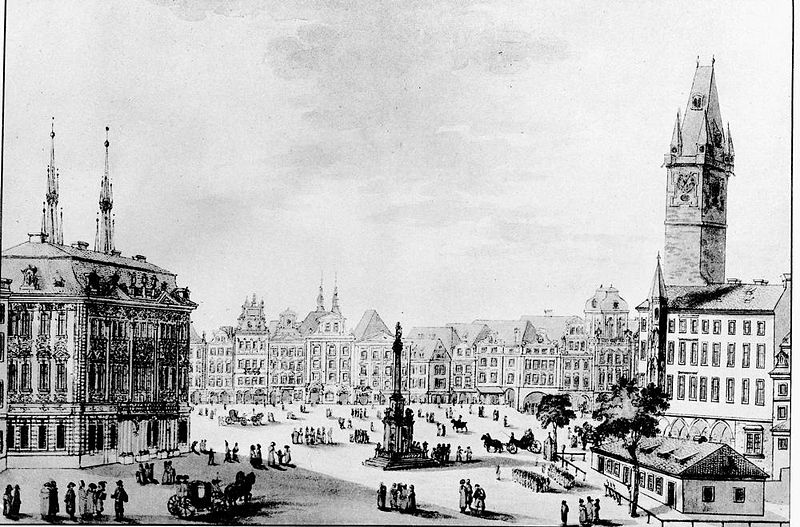
A Plague Pillar once stood in the center of Old Town Prague, but was toppled by an anti-Hapsburg crowd in 1918 following the declaration of the independence of Czechoslovakia.
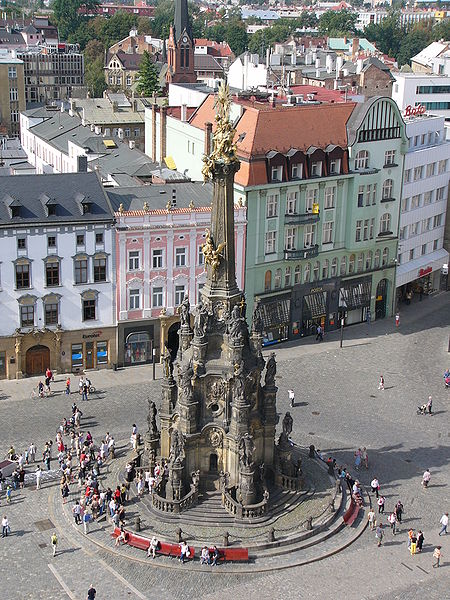
The Holy Trinity Column in Olemouc, Czech Republic is so large its base conceals a small chapel. It was erected to celebrate the end of the plague that struck the area between 1714-1716.
Be thankful for modern medicine. And sanitation: The Great Plague of Vienna
CARPE DIEM
 |
VIENNA PESTSAULE (PLAGUE COLUMN) Baroque celebration of the end of the Great Plague of Vienna in 1679.
|
Join us each Monday on Twitter and follow our #morbidmonday hashtag, for new odd and macabre themes each week: Atlas Obscura on Twitter
PREVIOUSLY:
Morbid Monday: Exquisite Corpses: The Art of the Cadaver Tomb
Morbid Monday: Fifteen Planes Enter, Two Planes Leave: The Deadly Dole Air Race
Morbid Monday: Ghost Writing: The Story of Pearl & Patience
Morbid Monday: Phineas Gage: Jerk
Morbid Monday: Gassed








Follow us on Twitter to get the latest on the world's hidden wonders.
Like us on Facebook to get the latest on the world's hidden wonders.
Follow us on Twitter Like us on Facebook